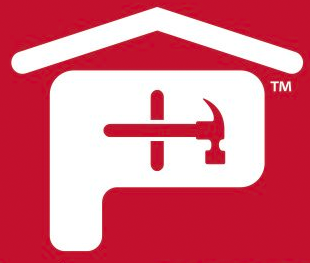There are typical design and construction considerations in play as part of every roof system. Shingle material and style, underlayment, insulation, sheathing and ventilation are the common system details on a steep slope roof. While the structural components are crucial and the cosmetic elements obvious, it’s important not to underestimate the impact ventilation has on the roof system performance, and how long it will last.
In North America the largest concentrations of steep slope roofs are also located in areas most susceptible to extreme weather conditions so certain problems routinely develop. The impact of these problems can be exaggerated or reduced, depending on the ventilation integrated into the roof’s design.
Problems Caused by Unbalanced Ventilation
In areas that receive large amounts of precipitation and cold weather; snow, ice and rain accumulation in the roof system can cause ice dams to form. These ice dams appear randomly if the roof holds pockets of cold or moisture underneath the decking, regardless of insulation R-Values or sunlight received on the external structure.
Climates with high humidity and less cold can also cause moisture to be retained in the roof system, underneath the decking but above the interior ceiling in ventilation area. When this moisture sits for a long period of time mold spores begin to develop. Prolonged humidity can cause mold damage that actually requires major reconstruction.
In locations with extreme heat the roof surface must be allowed to cool periodically. If heat builds up both on and underneath the roof surface and spends weeks at a time with little temperature fluctuation, the shingles and their seals can actually be weakened.
Balanced Airflow Solutions
In each of these cases, the problems can be prevented and subsequent damages often eliminated by creating an environment of balanced ventilation underneath the roof. Balanced ventilation means that the amount of airflow underneath a steep slope roof is uniform and consistent so that intake and exhaust are relatively equal. This dynamic helps to control temperature extremes in the roof system and prevent premature damages due to the above problems.
The Techni-Flo™ System from Atlas Roofing is an engineered ventilation system designed to create balanced ventilation. With the largest Net Free area in the industry, Techni-Flo™ components are designed to spec for every project to balance intake, exhaust and airflow below the roof covering so temperatures above the air space remain constant. The Techni-Flo™ ridge vent (RV), eave vent (EV) and nailable polyiso barrier (CrossVent®) are designed to work together and can be manufactured to fit any steep slope system.



 Gear!
Gear! PRO LOGIN
PRO LOGIN